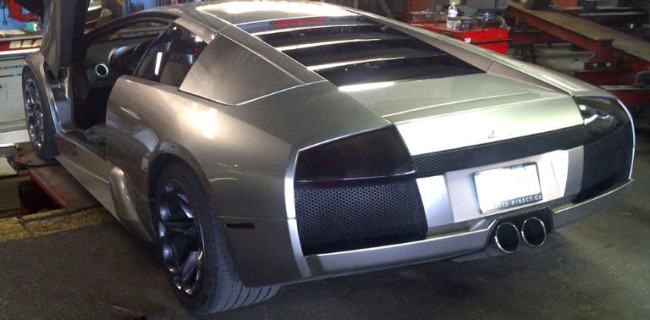Many people are unaware of how their vehicle actually operate, all they know is that they push down on a pedal and their powerful machine comes to a stop. There are many components that go into a car, and usually it’s quite complicated, but understanding brakes is always a great thing to learn! If you live in the GTA (Greater Toronto Area) than you know that the winters are harsh and slippery, which makes brakes a key component to winter driving (as well as tires!)
Since the force needed to actually stop the car is much greater than your leg could handle, the brake systems helps multiply the amount of pressure you’re giving off onto the pedal. This happens one of either two ways, through Mechanical Advantage (simply put, leverage) and Hydraulic force multiplication, which is the use of brake fluids to strengthen the pressure.
The brakes take this pressure and then transfer it to the tires with the use of friction, which causes the brake pads to grip against the tires slowing them down. The use of friction is a key part to stopping a vehicle in it’s tracks, without friction reducing the RPM of the wheel (rotations per minute) the car would never stop, and we wouldn’t want that now would we! Brakes are the epitome of driving as they stop you when it’s necessary and needed, if cars didn’t implement brake pads and anti-lock braking systems, car accident numbers would be through the roof right now! Brakes are important, but there are a various number of things that go into a working vehicle. Some people notice that their car alignments are off, and then leave it be (which is a terrible idea), this goes the same for if the car was leaking brake fluid. This should never be taken lightly, because brakes could, and most likely will, save your life.

